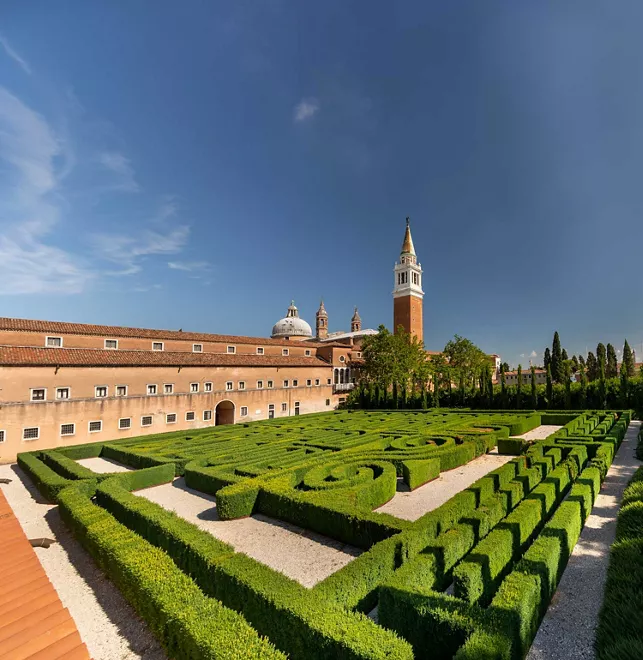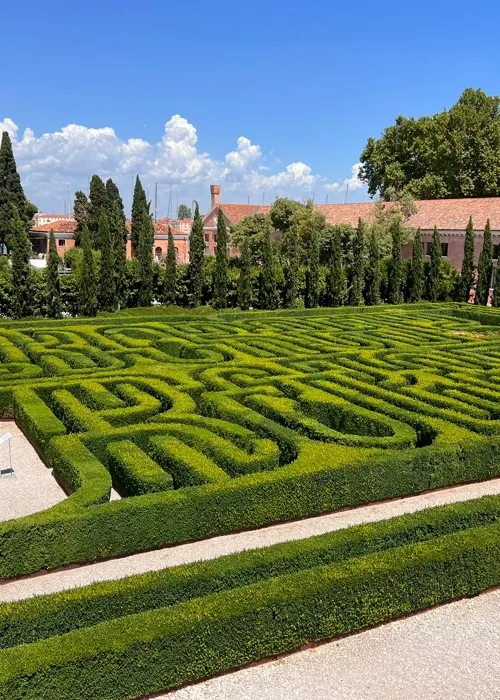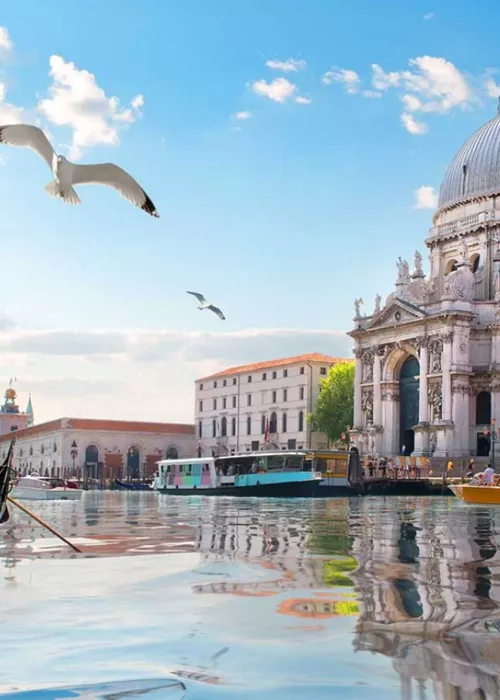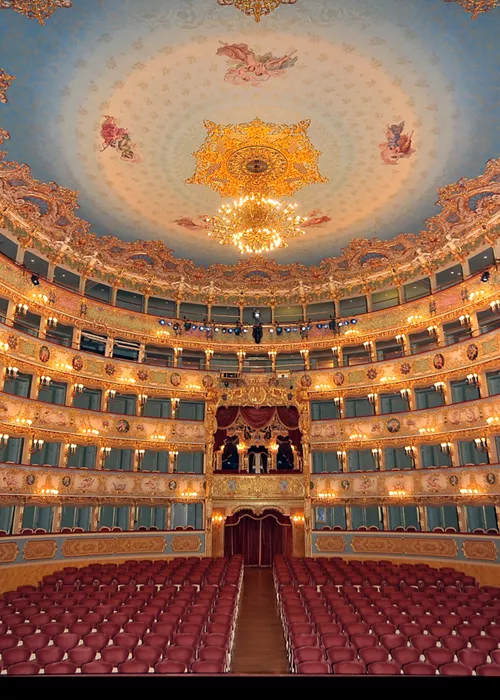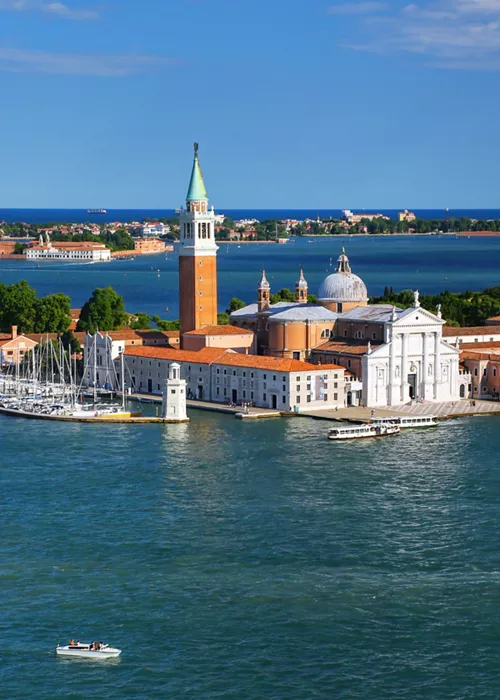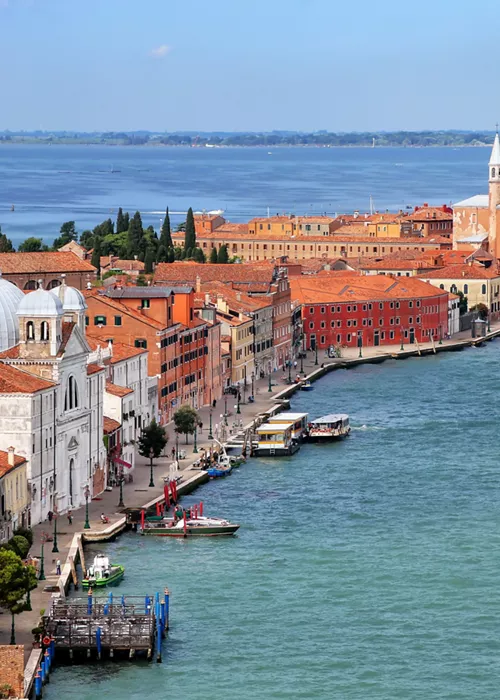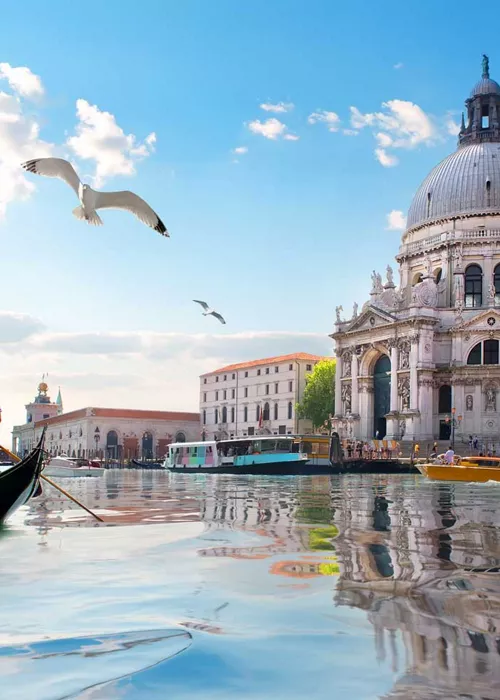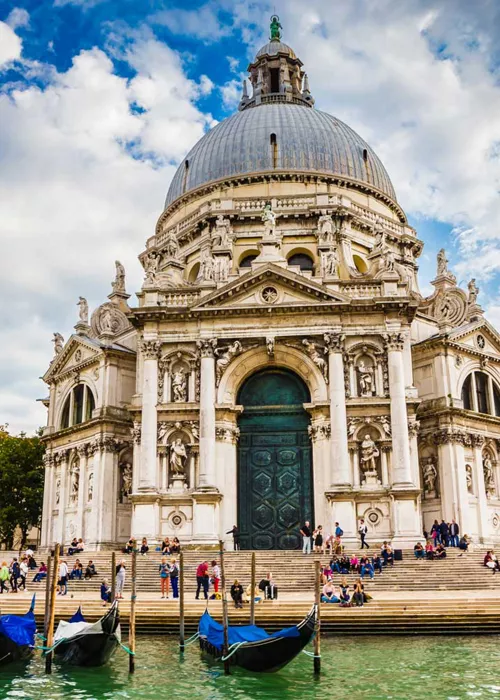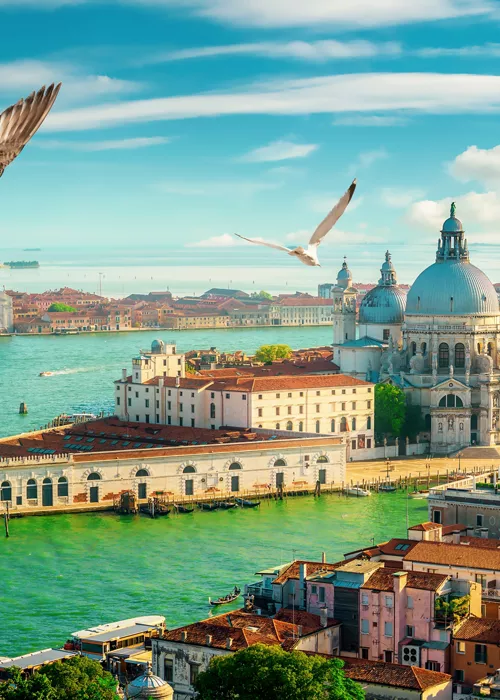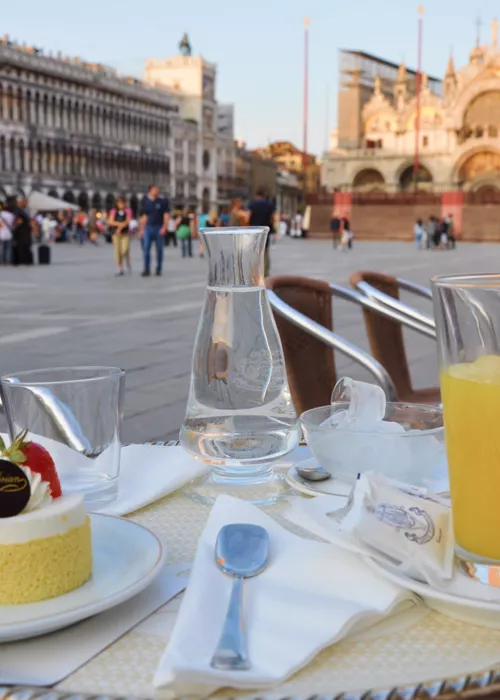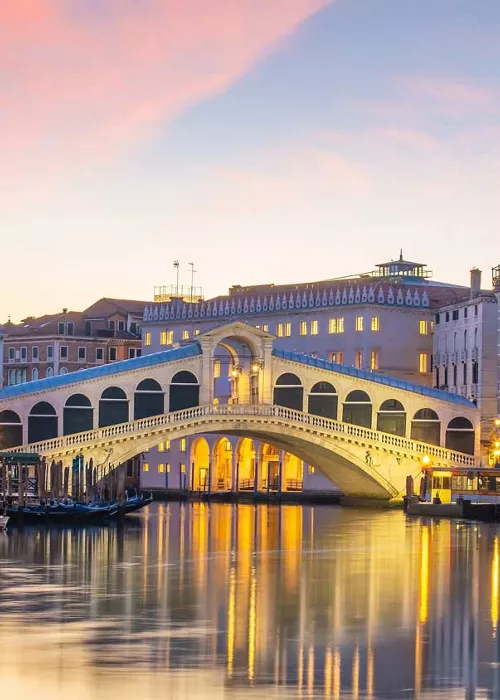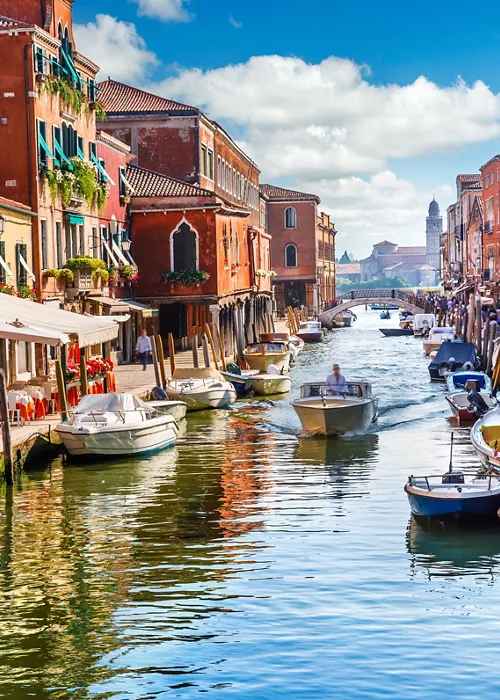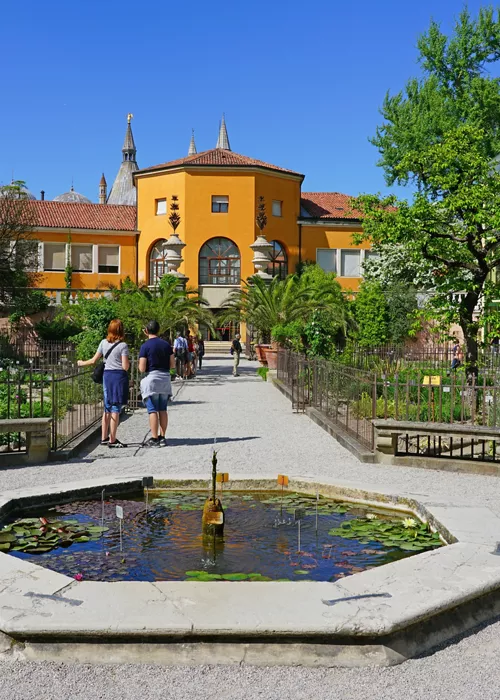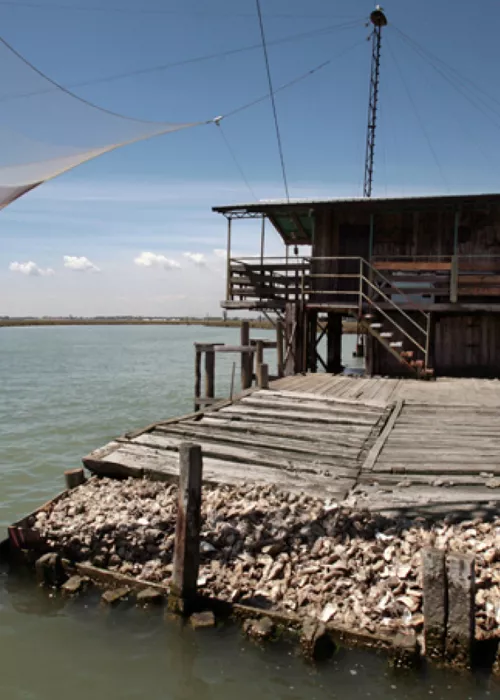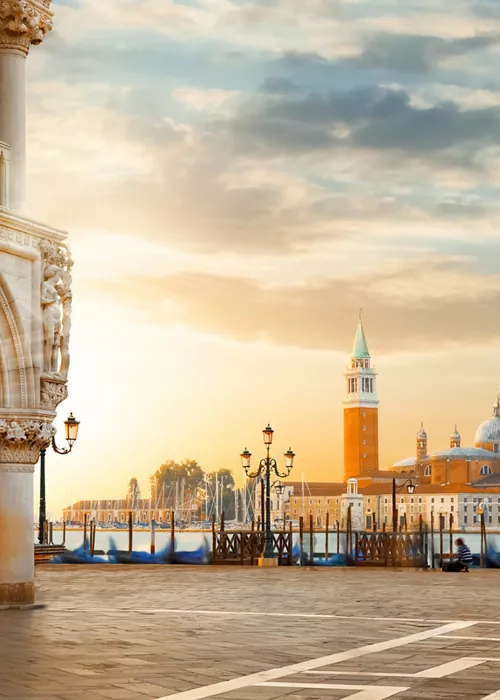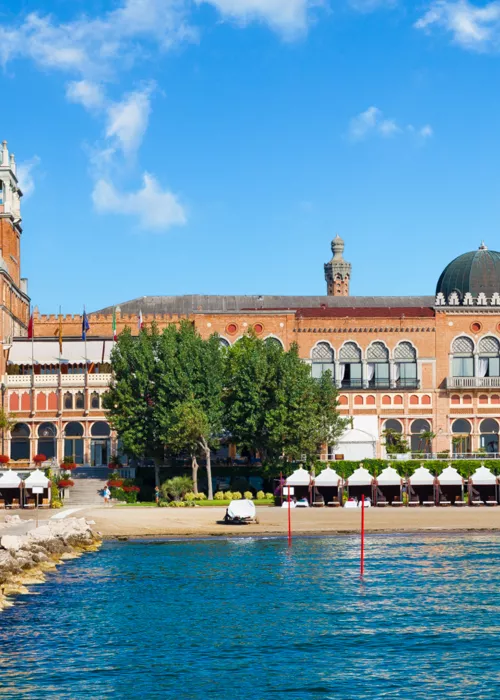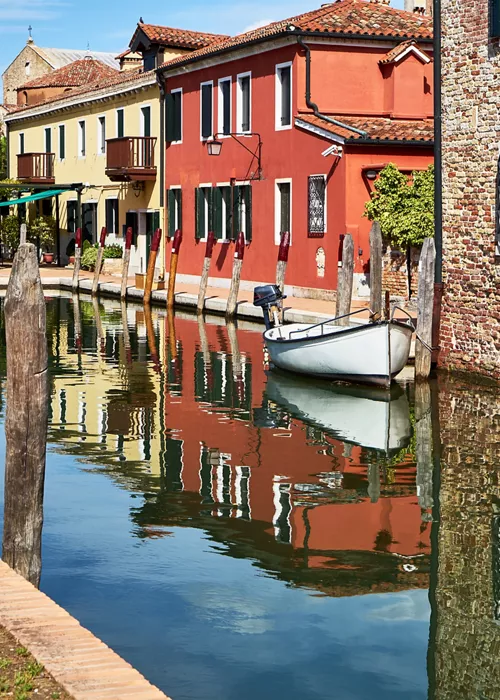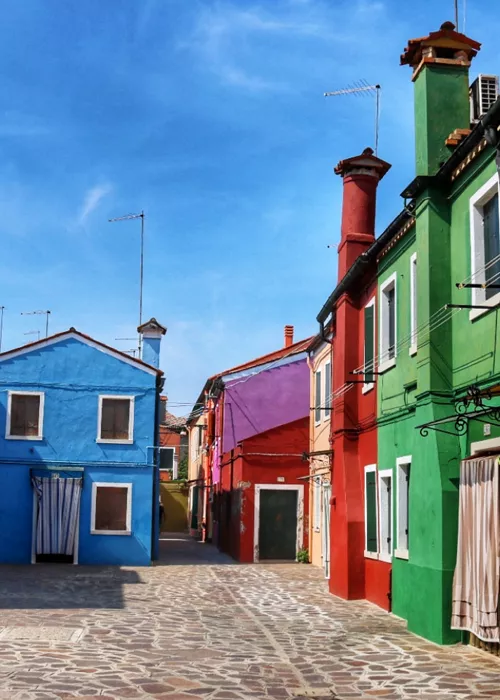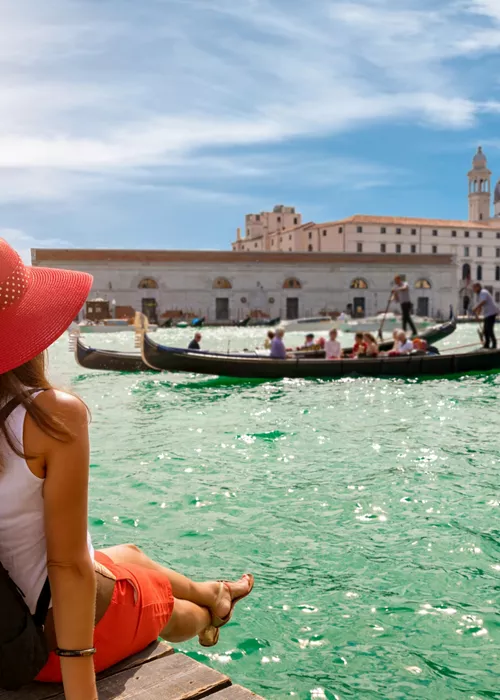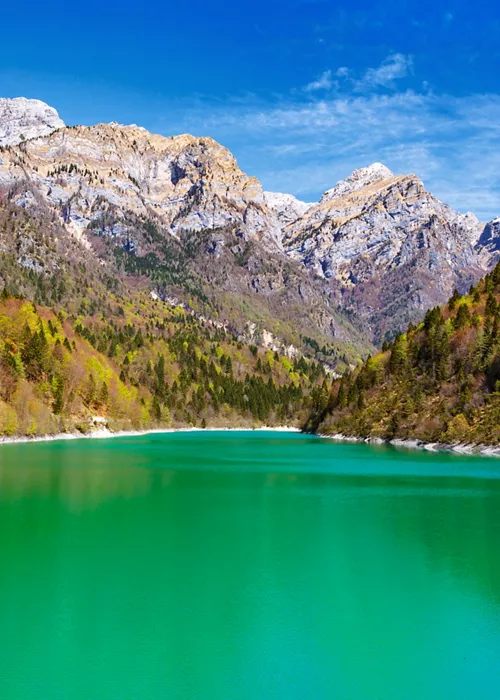The Borges Labyrinth in Venice, a garden inspired by literature
3 minutes
The 3,250 boxwood plants in the labyrinth are named after the brilliant 20th-century Argentine writer and poet Jorge Luis Borges. This labyrinth-garden is not about getting lost, but about finding a dimension of pure beauty.
The designer: poetic, eccentric Englishman
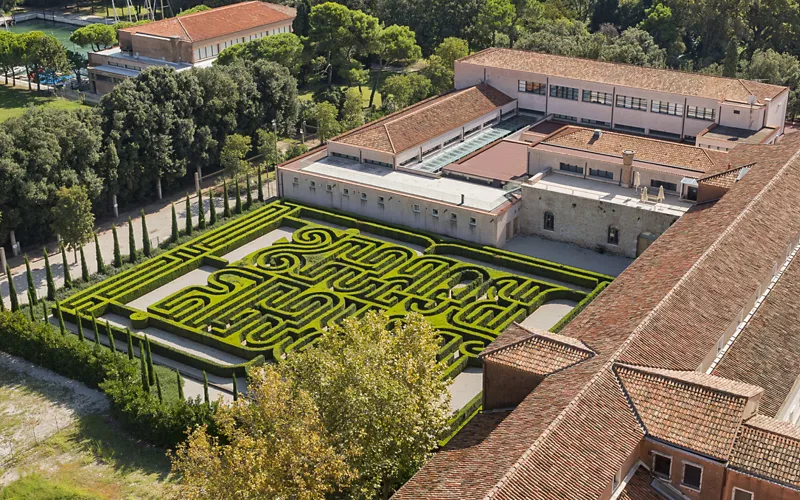
The Borges Labyrinth was created in 2011 by the Giorgio Cini Foundation to mark the 25th anniversary of Jorge Luis Borges' death. It was commissioned by the great intellectual's widow, Maria Kodama, also a writer and translator from Argentina. "This labyrinth was made here in Venice because it was one of Borges' favourite cities. A labyrinth city itself, a unique city of subtle delicacy and complexity. And wonderful with an equally wonderful history,” he said, explaining the reason for choosing the lagoon city.
Randoll Coate designed it an eccentric British diplomat and author of maze designs all over the world, including 50 in Britain alone. In the past, he had had the opportunity to meet Borges and become familiar with him: captivated by his brilliance, he wished to pay homage to him thus. He could not see the finished work, but his design finally took the shape he wanted in a magic place.
Symbols and puzzles

Inside the Borges Labyrinth, you move along a safe one-kilometre route, also organised for the visually impaired. This is not a trap labyrinth: it is a walk in the green, which at times conveys a certain sense of disorientation, leading the visitor into a dimension somewhere between the spiritual and the metaphysical. Walking the trails leads to reflection, awe, and intimate recollection.
Randoll Coate, the designer, was inspired for the design by a very famous book by Borges: The Garden of Forking Paths, 1941, in Italian included in the volume Finzioni. In the text, the theme of the labyrinth is taken up at several points, and the whole tale proceeds in riddles and paradigms, deviating along unexpected paths.
The presence in the garden of the writer's favourite elements is striking: hourglasses, mirrors, sand, a tiger, a stick and a huge question mark. An extra note of charm? Walk along listening to the original soundtrack composed by Antonio Fresa and performed with the Orchestra of the Teatro La Fenice in Venice from the audio guide.
An unmissable tour of the small island of wonders
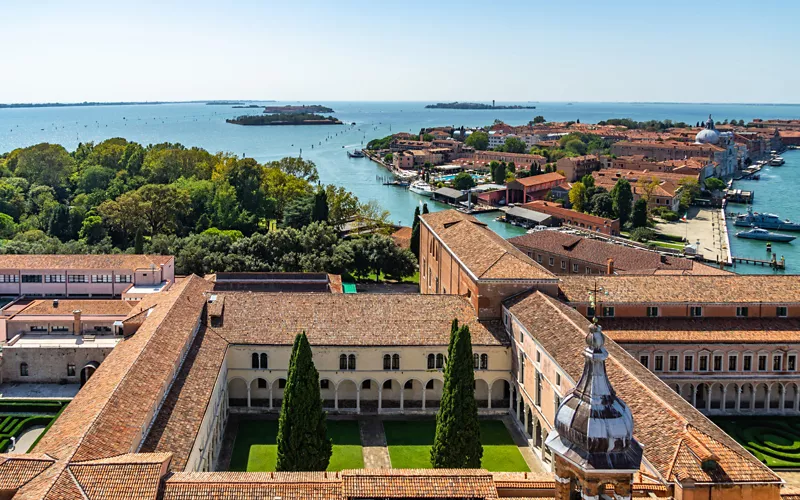
Guided tours of the Borges Labyrinth last just under an hour, but San Giorgio Maggiore is a wonderful place to explore: a small island full of wonders. It is home to the Giorgio Cini Foundation with its library of 300,000 volumes in the humanities, spanning the fields of history, art, literature, music, theatre and orientalism. The admirable halls of the 17th century have recently been joined by a project by Italian architect Michele De Lucchi. This is the New Manica Lunga, housed in what was once the Old Benedictine Dormitory. Then a further immersion in the vegetation awaits you, when you visit the Bosco (also belonging to the Cini Foundation, reservation is required), where the Teatro Verde (Green Theatre) and the Vatican Chapels, the ten chapels built as a diffuse Vatican Pavilion for the 2018 Architecture Biennale, open.
And finally, climb to the top
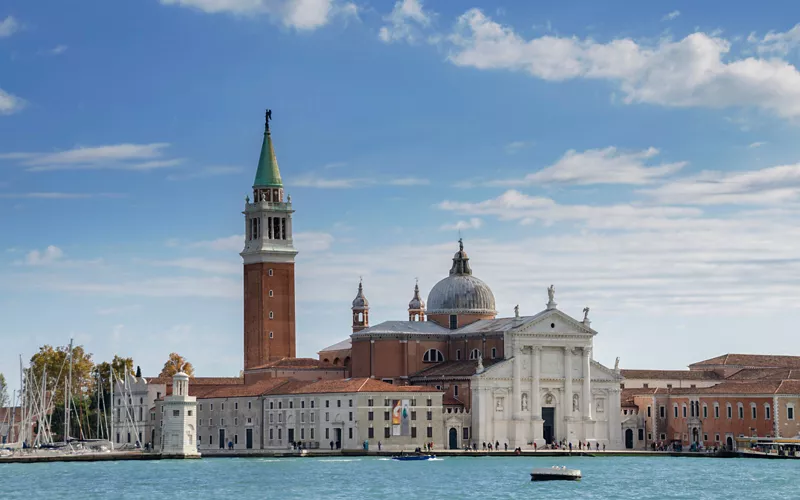
The Basilica of San Giorgio Maggiore, which gives its name to the island and also includes a monastery, is a masterpiece by Andrea Palladio, guarding works of art inside. The church unmistakably overlooks St Mark's Basin. Wait to take the ferry back to your destination and climb up the Bell Tower, which is open to the public, using the lift. This is one of the privileged observatories on the lagoon city. In front of it, St Mark, Punta della Salute and large portions of the lagoon open up. Then on one side you will see the open sea towards the Lido and on the other the Giudecca Island.
The island's position is a strategic one: from above, it offers an exceptional view, allowing you to capture the intricate geography of Venice, as well as details of domes and towers. Only from up here can you admire the crowd of roofs of the houses, with their chimneys and altanas: the small, delightful, sun-kissed wooden terraces.

